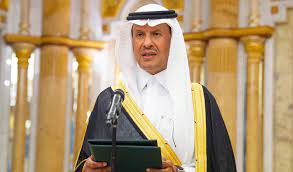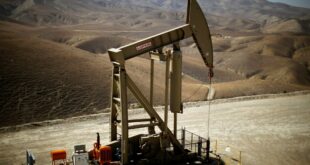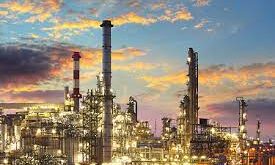Saudi Arabia’s Energy Minister has warned countries against misusing their crude oil stockpiles to manipulate the oil markets.
According to the Kingdom’s Energy Minister, Prince Abdulaziz bin Salman, who has been sparring with U.S. President Joe Biden in recent weeks, strategic crude oil stockpiles are designed to be used to manage supply shortages, not to bring down prices.
“It is my profound duty to make clear to the world that losing (releasing) emergency stocks may be painful in the months to come,” the Energy Minister said at the Future Initiative Investment conference in Riyadh.
The comment was quickly interpreted as a barb aimed specifically at President Biden, who lashed out at OPEC+ over its recent decision to lower its crude oil production targets by 2 million barrels per day after the United States spent months releasing more than a hundred million barrels of crude oil from its Strategic Petroleum Reserves to alleviate high prices at the pump ahead of midterm elections.
The warning is just the latest in the tiff between Saudi Arabia and President Biden, after the U.S. President said there would be consequences for Saudi Arabia’s decision—with Russia—to lower crude oil production.
“I am in the process, when the House and Senate gets back, they’re going to have to – there’s going to be some consequences for what they’ve done with Russia,” President Biden said last week, without getting into specifics.
The United States has released 192 million barrels of crude oil from its emergency stockpiles so far this year, according to EIA data, with plans to release even more next year.
Other IEA countries have released oil from their crude oil stockpiles this year as well “to address significant market and supply disruptions related to President Putin’s war on Ukraine,” the IEA said in a March press release.

 Iran Energy News Oil, Gas, Petrochemical and Energy Field Specialized Channel
Iran Energy News Oil, Gas, Petrochemical and Energy Field Specialized Channel



